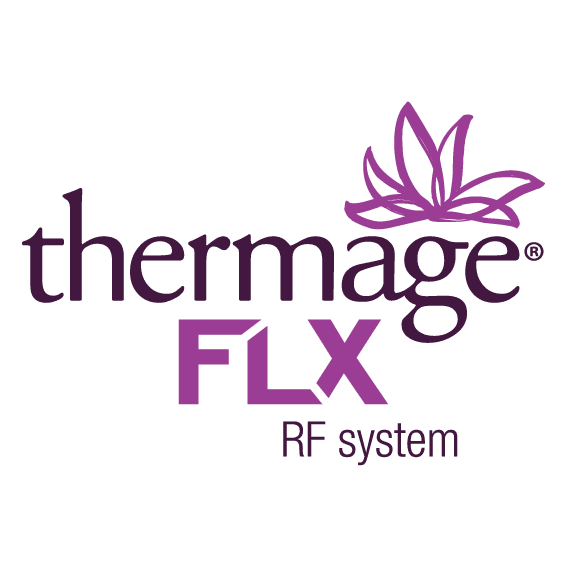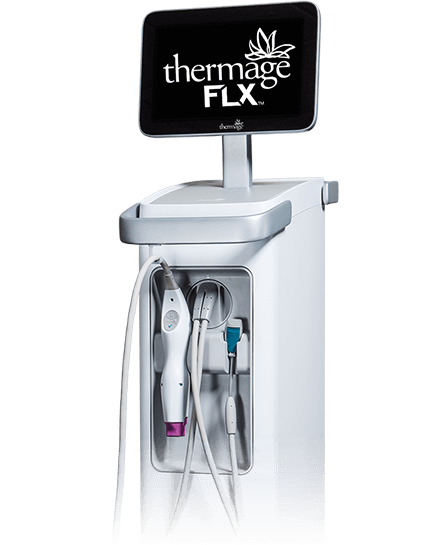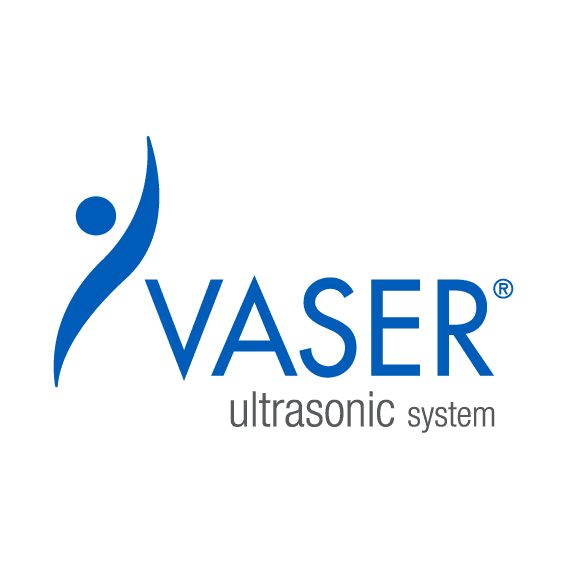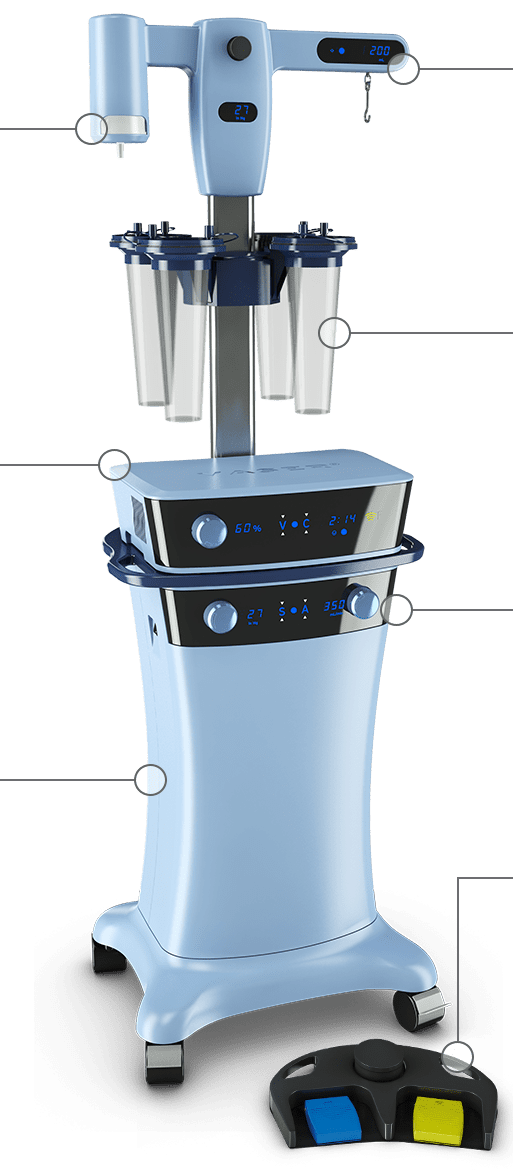Important Safety Information
Fraxel DUAL 1550/1927 Laser Systems
The Fraxel DUAL 1550/1927 Laser Systems is indicated for the application of laser treatment for the repair and rejuvenation of the skin.
Contraindications
Not all patients will necessarily react the same way to the laser treatment. The laser system should not be used on any patient who is ineligible for general surgery. Appropriate medical judgment should be exercised at all times.
The following contraindications are routine for many laser treatments and may also be associated with non-ablative Fraxel DUAL 1550/1927 Laser Systems treatments. Pre-screening and informed consent should include, (but not be limited to):
- a) predisposition to keloid formation or excessive scarring,
- b) changes following surgery,
- c) skin indentations and textural changes following surgery,
- d) systemic steroids (e.g. prednisone, dexamethasone), which should be rigorously avoided prior to and throughout the course of treatment,
- e) patients undergoing Accutane™ treatment or with drugs in a similar class.
Solta Medical has no clinical information or experience concerning the use of the Fraxel DUAL 1550/1927 Laser System on pregnant women or nursing mothers.
Possible Complications
The following complications may be associated with the non-ablative Fraxel DUAL 1550/1927 Laser Systems. This is not intended to be an all-inclusive list, nor a substitute for an informed consent form.
- Blistering and Burns: May develop over the treated areas.
- Discolouration: The possibility of temporary and permanent skin color change is known to exist with any laser treatment and may occur.
- Eye Injury: The Fraxel DUAL 1550/1927 Laser System generates an intense beam of laser radiation which may cause injury if not used properly. Protective eyewear or goggles should be worn. It is important to keep the eye protection on at all times during treatment in order to protect your eyes from accidental laser exposure and serious injury.
- Infection: A risk of infection exists whenever the skin is wounded. The possibility for infection exists even with non-ablative fractional laser devices such the Fraxel.
- Keloid Formation: A thickened scar can result from excessive growth of fibrous tissue.
- Prolonged Redness: Mild to moderate transient redness is an expected response. However, if it is severe or persists significantly longer than expected, you should not have another treatment until it goes away.
- Scarring: The possibility for scarring exists. Local scarring may occur directly from laser exposure if treatment procedures are not followed properly, or from infection or physical irritation such as picking and rubbing.
- Delayed Wound Healing / Skin Textural Changes: Following laser treatment, restoration of the skin may not occur as expected due to your physiology, such as poor wound healing ability or post-treatment care. This may result in undesirable textural changes to the skin.
- Temporary Bruising: May develop over the treated areas.
Fraxel re:pair SST Laser System:
- The Fraxel re:pair® SST Laser System and its Resurfacing Handpieces (Fraxel re:pair 135μ Handpiece and Fraxel re:pair 600μ Handpiece) are intended for use in dermatological procedures requiring ablation (removal), resurfacing, and coagulation of soft tissue; treatment of wrinkles, rhytides, furrows, fine lines, textural irregularities, pigmented lesions, and vascular dyschromia.
- The Fraxel re:pair® SST Laser System and its Surgical Handpieces (Fraxel re:pair 2 mm Ablative Handpiece and 0.2 mm Incisional Handpiece) are intended for ablation (removal) for the reduction, treatment, and/or removal of actinic and seborrheic keratoses; chelitis; cutaneous horns; hemangiomas; keloids; nevi, including spider, epidermal, and protruding; rhinophyma; syringomas; warts; laser incision and/or excision for the performance of upper and lower eyelid blepharoplasty and vermilionectomy of the lip
Contraindications
The following is a summary of contraindications for Fraxel re:pair SST Laser System treatments. You may not be an appropriate candidate if you:
- Are predisposed to keloid formation or excessive scarring;
- Are undergoing isotretinoin treatment or taking drugs in a similar class; or
- Have active bacterial, viral, or fungal infections.
Solta Medical has no clinical information or experience concerning the use of the Fraxel re:pair Laser System on pregnant women or nursing mothers.
Possible Complications
The following complications may be associated with any laser treatment and might be observed with the Fraxel re:pair® SST Laser System. This list is not intended to be all-inclusive list or a substitute for an informed consent form.
- Skin discolourations: Post Inflammatory hyperpigmentation (PIH) and hypopigmentation are known complications of many laser treatments such as Fraxel re:pair. In some patients who experience pigment changes, the treated area loses pigmentation (hypopigmentation) and becomes a lighter colour than the surrounding skin. This type of reaction may also be permanent.
- Keloid Formation: A thick scar resulting from excessive growth of fibrous tissue.
- Scarring: Local scarring may occur directly from laser exposure if treatment procedures are not followed properly, or from infection or physical irritation such as picking and rubbing. Avoid contact with clothing following treatment to minimize the risk of abrasion. Scarring in the area of the eye could lead to turning out of the eyelid such that the inner surface is exposed.
- Eye Injury: You should wear proper eye protection throughout the procedure.
Talk to your Fraxel practitioner for more information.












